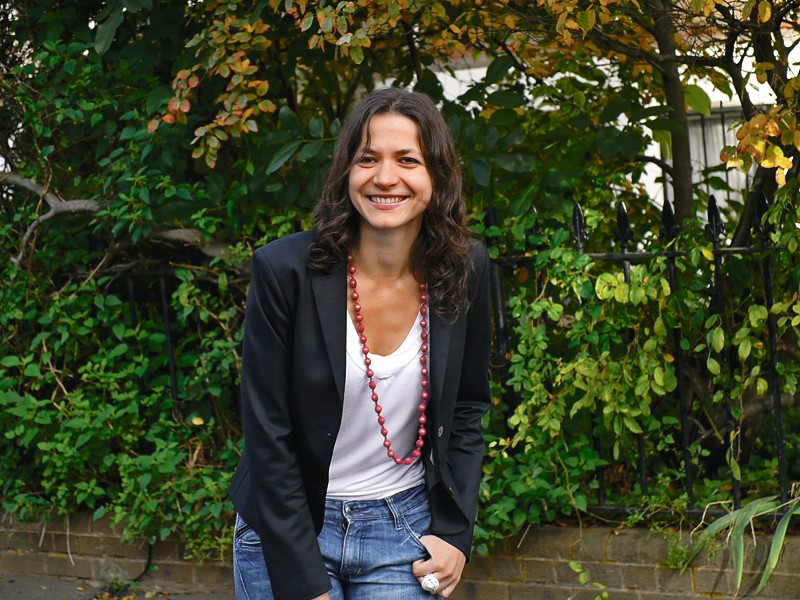How is it even possible to measure the CO2 footprint of such complex processes as cycling, writing e-messages, sailing in the Mediterranean,...? Each of the mentioned processes is different. It is important when measuring that we include all the processes we use in the production of products. These processes then...
How is it even possible to measure CO?2 footprint in such complex processes as cycling, writing e-messages, sailing in the Mediterranean, ...?
Each of the mentioned processes is different. It is important when measuring that we include all the processes we use in the production of products. These processes are then divided into consumption. For example, cycling has a very low footprint. First of all, it is determined how many emissions were produced during the manufacture of the bicycle: electricity for the production of aluminum, the design of the frame, the production of electricity; with all this, carbon dioxide emissions are produced. Finally, the emissions are distributed among all the kilometers traveled by the cyclist, and the emissions of the food consumed by the cyclist are also added, which in this case is fuel. A system is slowly being established that, in parallel with the flow of money, follows the flow of products, which enables the calculation of emissions for increasingly complex products and activities.
What does the print even tell us?
The footprint tells how much carbon dioxide and other greenhouse gases are released into the atmosphere during the production and use of a product or process. This is also closely related to the energy used in this process, as it is usually the energy that contributes the most to emissions. Carbon dioxide is at the center of interest because it causes climate change – and is therefore used as a unit. The carbon footprint of one apple is, for example, 80 grams, eggs 300 grams, a loaf of bread one kilogram and a veal steak two kilograms. Products that have a carbon footprint marked on the packaging, similar to calories, are slowly coming to the shelves in the UK. In this way, we will slowly get used to it and begin to take it into account in our everyday decisions.
When you first entered the world of carbon footprint measurement, what fascinated, surprised or angered you the most?
What surprises me the most and still angers me is how little we are aware of which products and especially habits have a great impact on the environment. For example: someone commutes to work from Portorož to Ljubljana every day. A quick calculation shows that driving contributes around 40 tons of carbon per year, which is equivalent to 4 million plastic bags. It's like bringing ten thousand bags from the store every day. What kind of car and how much we drive is a hundred times more important from the point of view of emissions than how we shower and whether we separate waste, but that alone is very important.
Is a luxurious lifestyle necessarily associated with a high carbon footprint?
In principle, this is true. Exotic vacations, big cars, houses, swimming pools - these are real energy guzzlers. I recently saw a cyclist on the street in London standing with his arms outstretched in front of a large off-road vehicle and shouting: "Lady, you don't understand, this car is just too big!" The situation was very strange and mischievous at the same time, but it is a sign of changes to come. I think that in the future such a lifestyle will be marked as "climate crime". It is certainly possible to live very well with a low carbon footprint. In my experience, people who ride a bike to work, eat seasonal and natural food are simply happier than those who lose their temper in traffic every day. Of course, not everyone is afforded such a way of life.
What can everyone do in their home for a more environmentally friendly life?
Many things and most of them are already common knowledge. Using energy-saving light bulbs without having to wait for the old ones to burn out. A lot of emissions are caused by heating. Additional insulation is not something that can be done overnight, but being careful with heating during the winter months helps a lot. It makes sense to check whether it would be worthwhile to put something against drafts under the door, and above all, do not leave the window open and the radiator open at the same time. Washing clothes at a lower temperature, turning off computers and other devices when they are not needed.
Have you ever calculated your daily footprint and changed your habits to reduce yours footprint?
I did, but I think I changed most of my habits before that. I do my daily commute by bike, eat little meat and try not to buy things I don't need. I don't think anyone needs to give up their favorite thing, but it's important to try where possible. My biggest weakness is the relatively frequent business trips between London and Ljubljana. I wish there were better rail connections across Europe. In theory, such a journey could be done as an overnight train ride.
Do you think London is friendlier to nature than Slovenian cities?
Yes and no at the same time. London does not have much in common with nature, but everything is better used because of the density of people. An incomparably higher proportion of people travel by public transport. Large cities enable a more rational use of space and resources and are at the same time a big shock to the local environment. People are also more distant and cut off from the natural environment, so they probably live less connected to it, which is of course not good, but the awareness of environmental issues is still much greater in Great Britain than in Slovenia.





